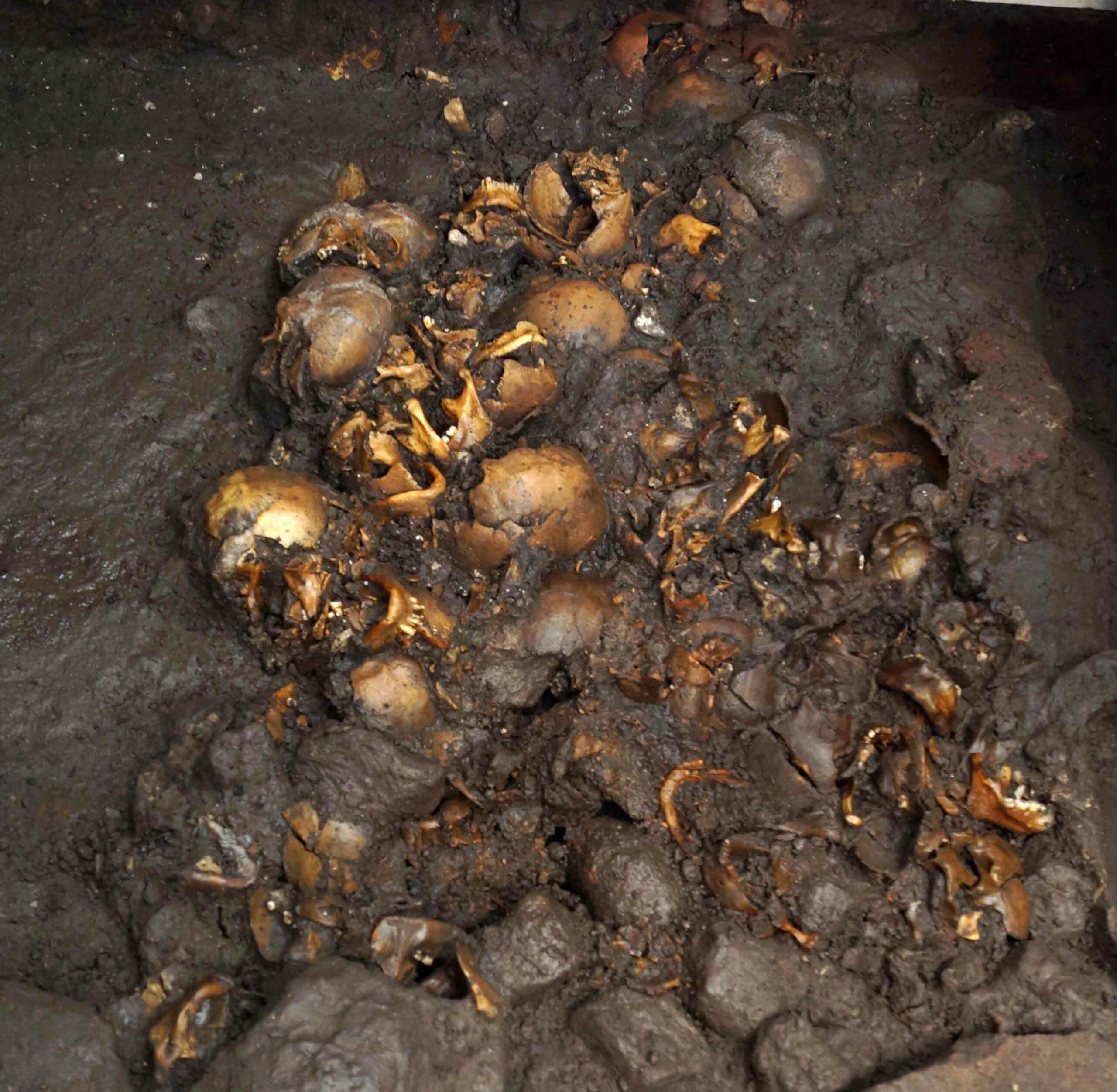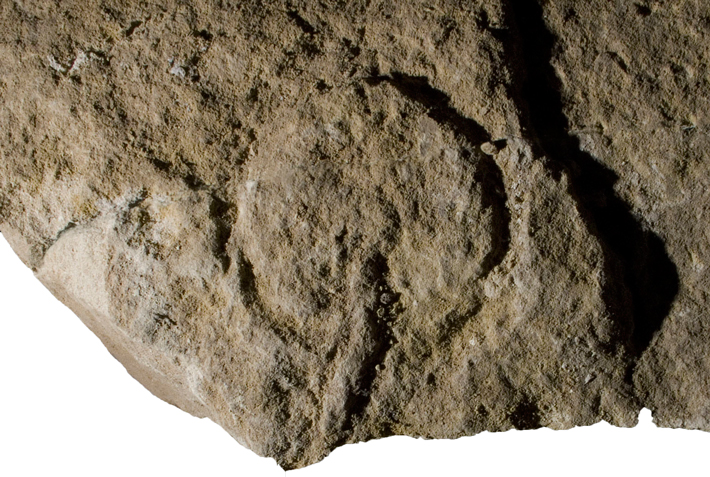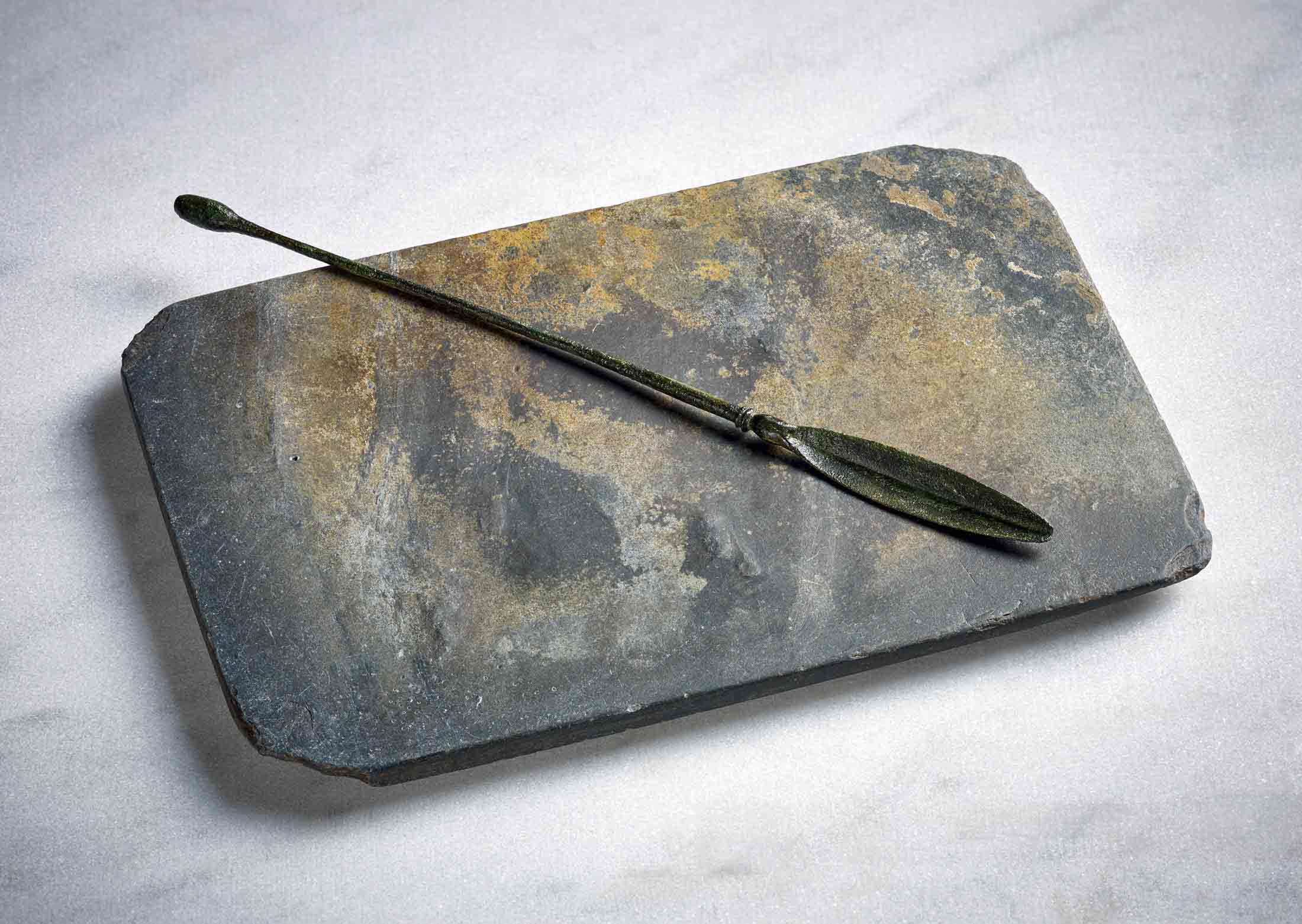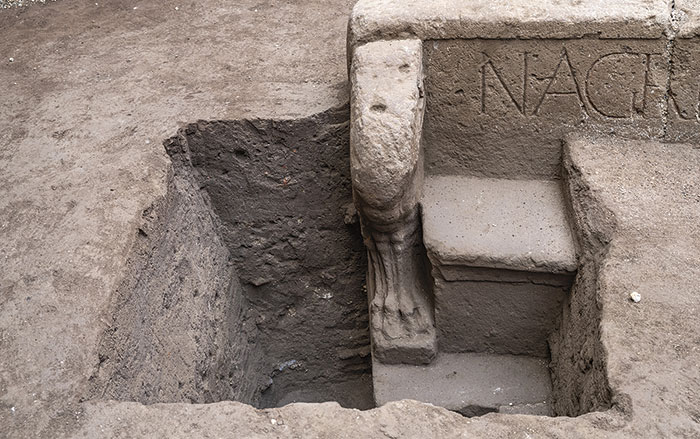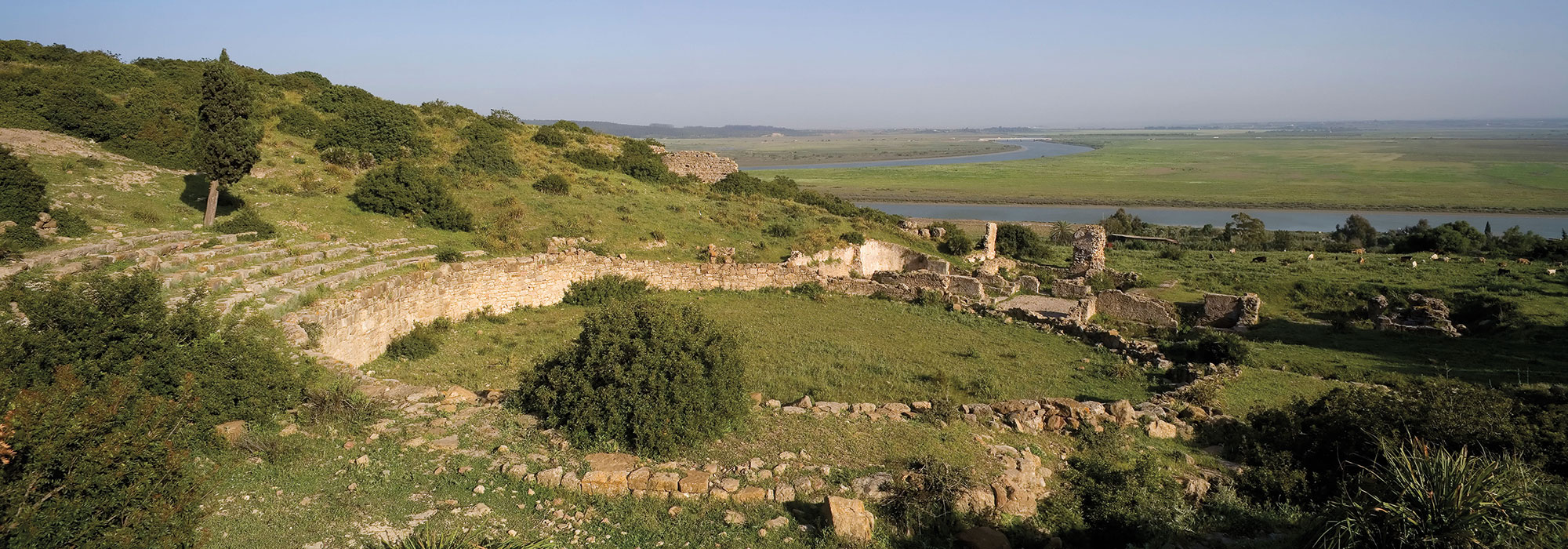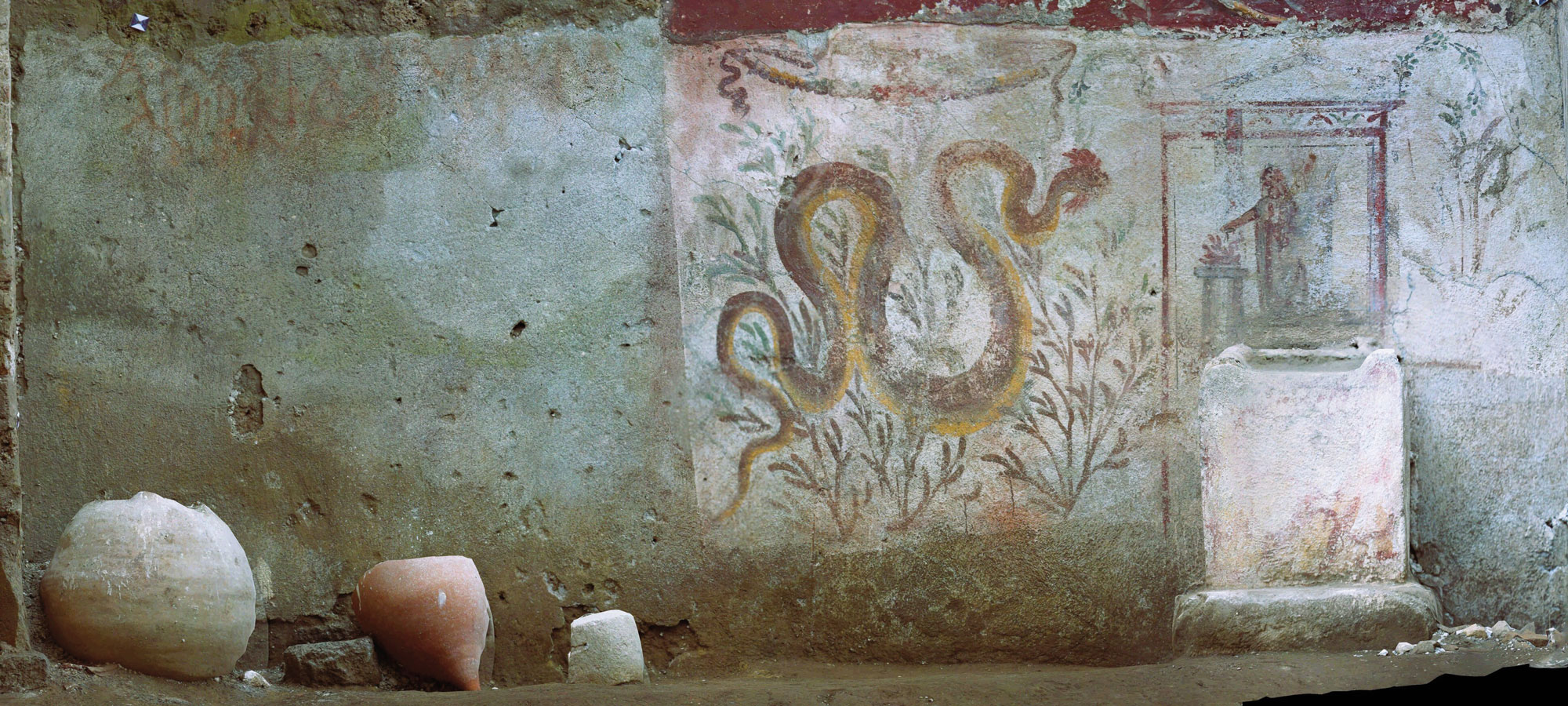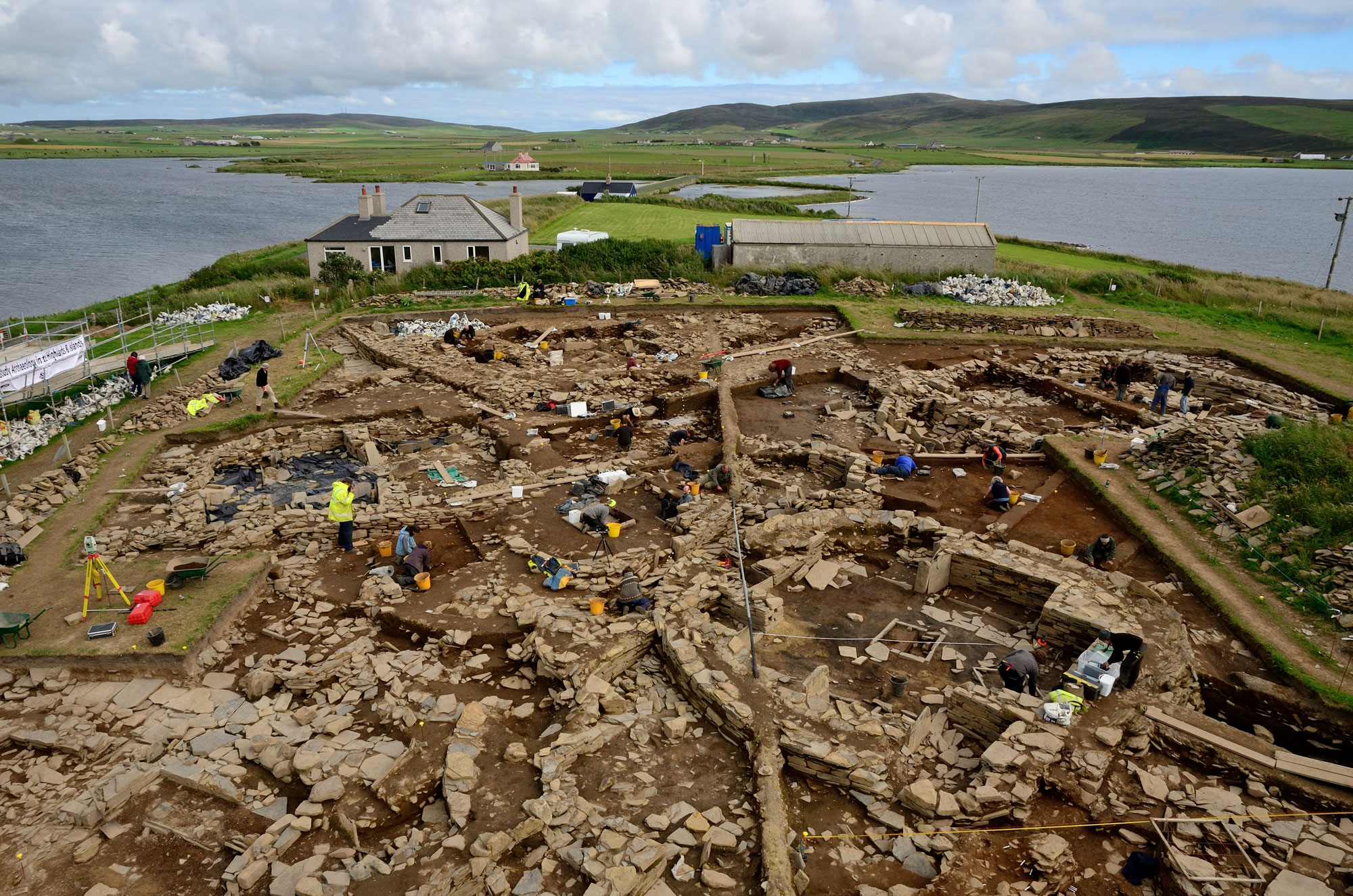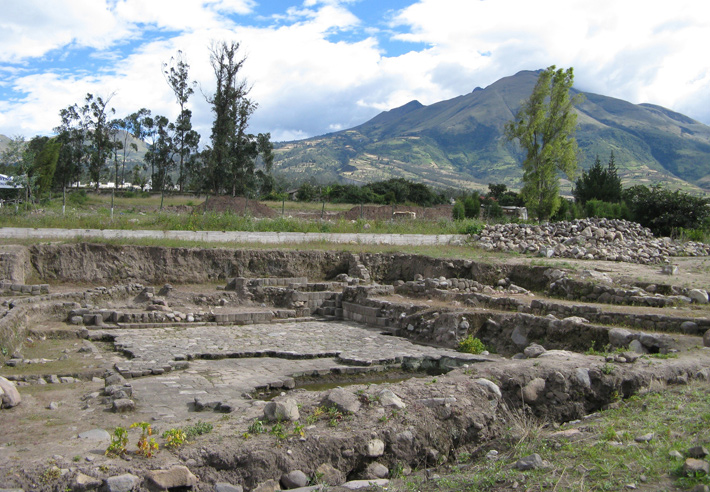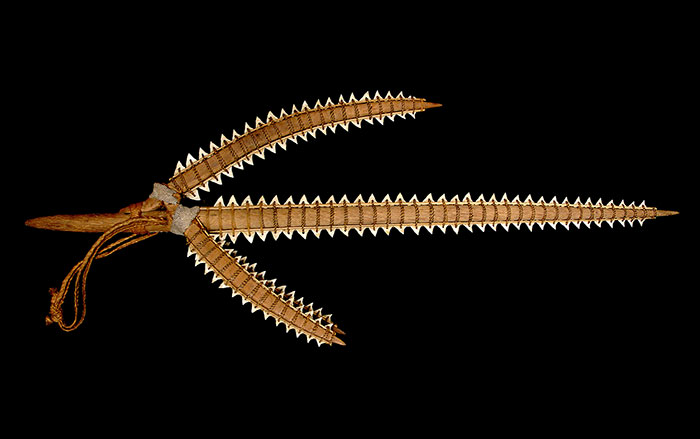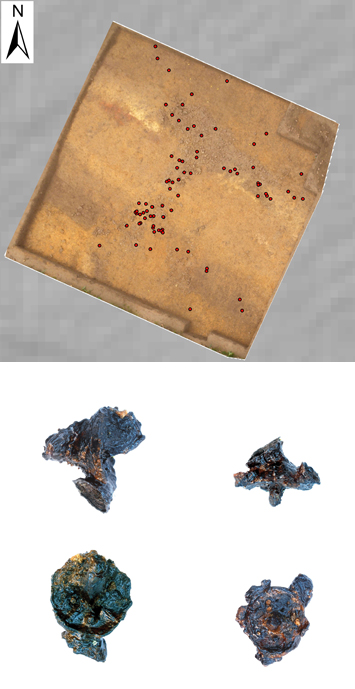
The discovery of a collection of 75 sandal nails has led German archaeologists to the rare identification of a temporary Roman military camp near the town of Hermeskeil, near Trier, in southwestern Germany. Directed by Sabine Hornung, an archaeologist at the Johannes Gutenberg University Mainz, the team uncovered the camp’s main gate, the flat stones that once paved its entrance, and grindstones used by the Romans to mill grain. Scattered among the paving stones were bits of metal that the team quickly identified as sandal nails. Some of the nails were quite large—as much as an inch across— and had distinct workshop marks of a type used by the army, “a sort of cross with little dots” or studs, says Hornung. “That told us it was definitely a military camp,” she adds. Ground-penetrating radar surveys showed that the camp, built to house soldiers on the move, sprawls over nearly 65 acres.
Excavated pottery sherds, both from local and imported Roman wares, date the camp to the 50s b.c., the period Julius Caesar wrote about in his memoir, The Gallic Wars. From 58 to 50 b.c., Caesar waged three campaigns against the Gallic tribes and their powerful leaders for control over the territory of Gaul, primarily modern-day France and Belgium. Taking account of the camp’s date and the distinctly Caesarean sandal nails, Hornung says, “It’s very probable it is a camp built by Julius Caesar’s legions.”
The camp sits just a few miles away from the so-called “Hunnenring,” a major Celtic hill fort with 30-foot-high walls. Such centers of military and political power made Gaul an attractive target for the Romans. By focusing their efforts on these regional centers, the Romans could exert sustained and concentrated pressure on local leaders instead of having to chase down the scattered tribes living in the German forests further to the east. Eventually this pressure, and the military victories achieved by Caesar and his legions, resulted in the conquest of Gaul and cleared the way for the general to assume sole control of the Roman Republic.
For Gunter Moosbauer, an archaeologist at Germany’s University of Osnabrück familiar with the discovery, the finds from Hermeskeil are an “archaeological thrill.” He says, “Roman field campaigns lasted just a few months, and to find one of their temporary camps is really rare."


